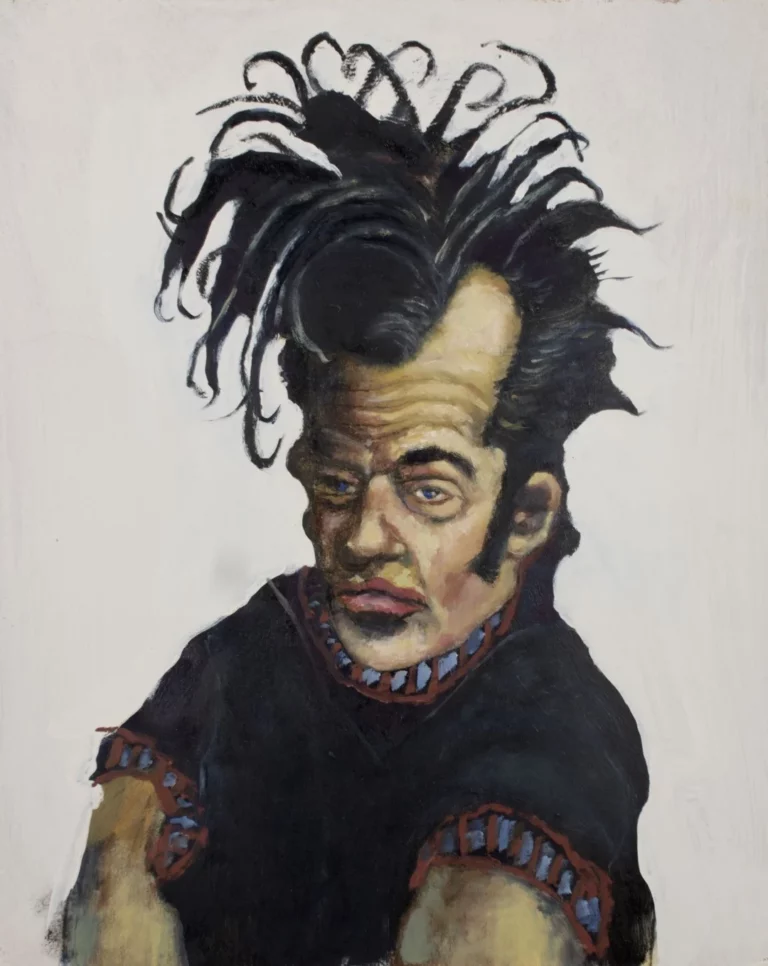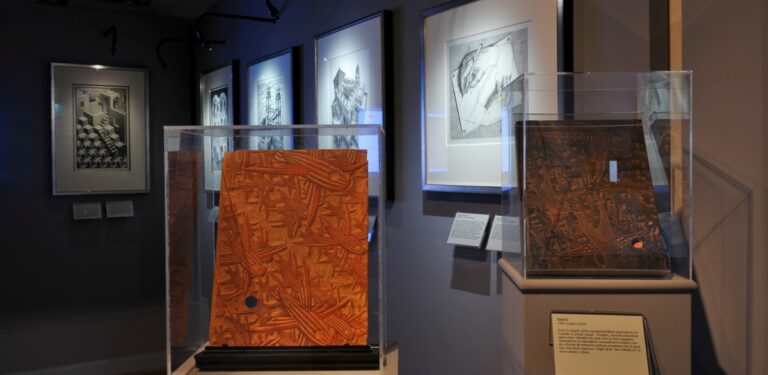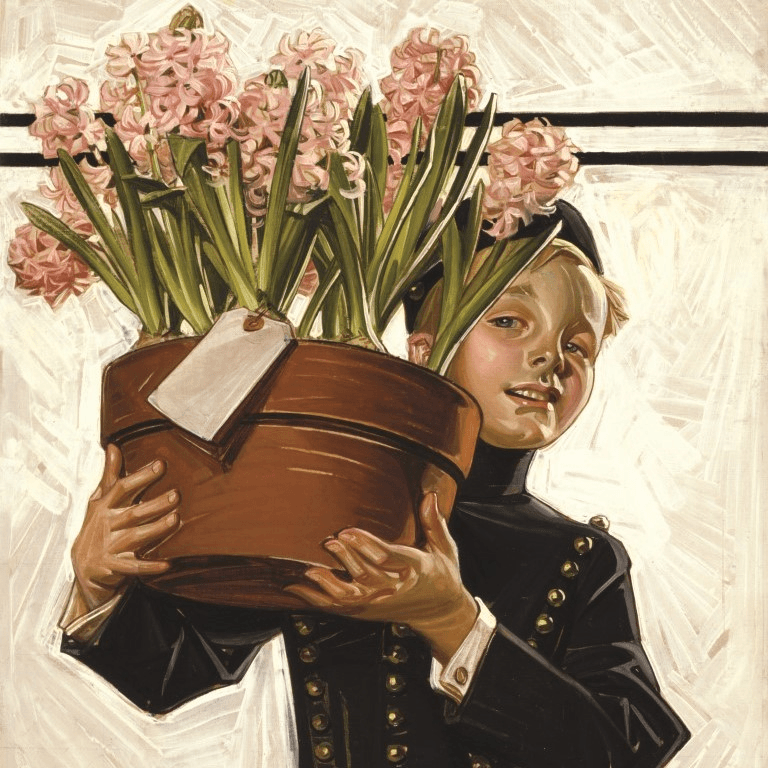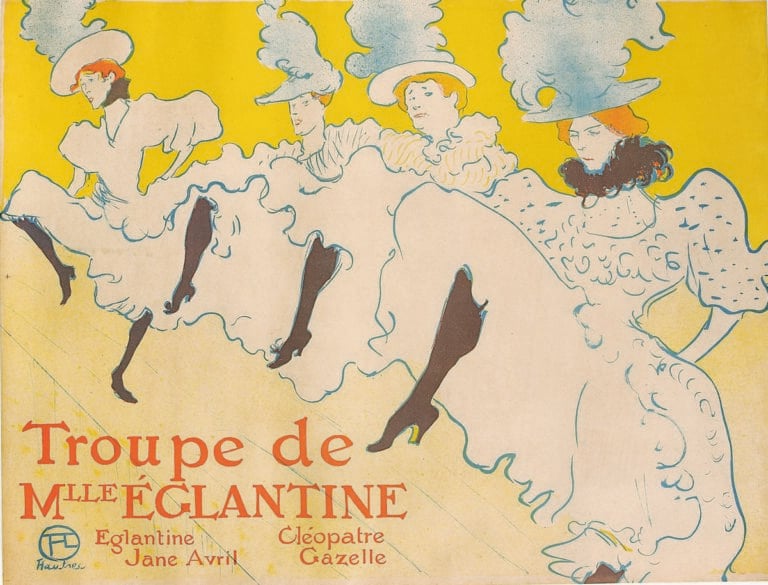Norman Rockwell & N.C. Wyeth
Norman Rockwell
(1894–1978)
Born in New York City, Rockwell spent his childhood and adolescence there, with significant summer excursions into the country. He felt a strong sense of connectedness not only with nature, but also with the people who had chosen to live “on nature’s terms”. Rockwell’s early inspiration to draw and paint came from his father, an avid Sunday painter. It also came indirectly from his grandfather’s primitive canvases of bucolic barnyard scenes. He studied painting at the newly formed Arts Students League where he was taught anatomical accuracy by George Bridgman and learned composition from Thomas Fogarty.
The most popular and fashionable illustrators of the time, N.C. Wyeth, J.C. Leyendecker, Maxfield Parrish and Howard Pyle, were powerful influences on Norman Rockwell’s development as an artist. His admiration for J.C. Leyendecker was obsessive. In 1915, after completing his studies in New York City, Rockwell moved to New Rochelle just to be near Leyendecker.
At 22 Rockwell sold his first cover piece to The Saturday Evening Post—a prized commission for an illustrator. It was the beginning of a 323-cover relationship between Rockwell and the Post.
In a sense, Rockwell was the last of the 19th-century genre painters, but one who came into his creative powers at a time when a new audience and market was opening up. Mass-circulated national magazines with great popularity catapulted certain artists into millions of households weekly and Rockwell clearly had the right talent at the right time. In the 1920s and 1930s, his work developed great breadth and greater character. His use of humor became an important part of his work. It was a technique he used effectively to draw the viewer into the composition to share the magic.
Rockwell was constantly seeking new ideas and new faces in his daily life. He wrote that everything he had ever seen or done had gone into his pictures. His internal art of ‘storytelling’ became integrated with his external skills as an artist. What emerged was what we know today as an incredible facility in judging the perfect moment; when to stop the action, snap the picture…when all the elements that define and embellish a total story are in place.
In 1936, Editor George Horace Lorimer retired from The Saturday Evening Post, and the second of two successive editors, Ben Hibbs, altered the circular format of the cover. Hibbs permitted Norman Rockwell to create with more freedom within a different cover layout.
In the 1940s, Rockwell moved to Arlington, Vermont, where he started to paint the full-canvas paintings that are increasingly treasured by collectors. During World War II, Rockwell joined the legion of artists and writers involved in the war effort to help boost the sale of savings bonds. He tried to explain through his art what the war was all about. The result of his efforts was the series called ‘The Four Freedoms’: first rejected by the US Government, then printed as posters to sell war bonds.
In the 1960s, from his home in Stockbridge, Massachusetts, Rockwell struck out in a new direction. Though by then his reputation was rooted in the evocation of nostalgia, he boldly tackled political issues. The Peace Corps in Ethiopia captured the idealism of the Kennedy years in a realistic setting.
Rockwell’s work truly reflected the currents of American life and times, from his earliest drawings to the patriotic themes of World War II to more politically oriented themes in his later years. His genius was in being able to capture the essence of what is now considered largely “an America vanished”. His Post covers captured the emotions of the times, not only that which was, but also what people would have liked life to be. Yet one look at an original Rockwell painting will make apparent the quality of his technique, style, and craftsmanship.
N.C. Wyeth
(1882–1945)
Born in Needham, Massachusetts in 1882, Wyeth showed an early passion for drawing and was encouraged by his family. From 1903 until his tragic death in a 1945 car accident at a railroad crossing, N.C. Wyeth set new standards for illustrators in style, technique, and imagination. He had an extraordinary ability to create living characters from an author’s imaginary story. Because of his fantastical imagination, he envisaged all aspects of a story and often identified crucial elements simply overlooked by the author himself. Cooper, DeFoe, Irving, Stevenson, and Verne were some of the authors whose works he illustrated.
In his youth, Wyeth’s parents enrolled him in the Massachusetts Normal Arts School with further study at the Eric Pape School of Art. By 1901, NC was in Annisquam, Gloucester, Massachusetts, attending private classes instructed by George L. Noyes, a noted landscape artist.
N.C. Wyeth arrived in Wilmington on his twentieth birthday and met Howard Pyle for the first time. Pyle encouraged his students to “jump into their paintings to know the place” they were depicting; in other words, to go and experience the environments. Wyeth took him literally and went out West to live with the Utes and Navajos. For three months he punched cattle, herded, was a mail-carrier, and documented his experiences in meticulous drawings. When he returned, his incredible artwork was sought after and published at an astonishing rate.
During his career, Wyeth painted nearly 4,000 illustrations for many magazines and books. An early aficionado of Pyle’s, Wyeth became his greatest advocate even settling his family in the Brandywine area, where many of them still live today.
Much of NC Wyeth’s art embraced an American Western theme, filled with cowboys and Indians, gun fighters and gold miners. He also illustrated popular children’s books with pirates, knights, and brigands, including Treasure Island and Tom Sawyer, establishing visual images of these characters in young readers’ minds eyes for generations. Beside his many illustration plaudits, NC Wyeth is famous for being the father of artist Andrew Wyeth and the grandfather of artist Jamie Wyeth—a patrimony of major consequence for American art history.
NC sold his first illustration to the Post in 1903 at 21 years of age; his first book commission was accepted in 1911, illustrating Treasure Island for the noted publisher Charles Scribner’s Sons. So well received was his first book, that he illustrated a whole range of “boy’s adventure books” which came to be known as Scribner’s Classics, including Kidnapped, Robin Hood, Robinson Crusoe, The Boy’s King Arthur, The Last of the Mohicans, and twenty other titles. The Scribner’s Classics have never waned in popularity and, indeed, remain in print to this day.
NC Wyeth married in 1906, moved to Chadds Ford and continued to illustrate books, magazines, advertisements, mural commissions, and that which he cherished most, the rural American scene. Wyeth also illustrated a number of books for Cosmopolitan Book Corporation, Houghton Mifflin Company, Little Brown and Company, David McKay Company, and Harper & Brothers. Notable among them were the Mysterious Stranger (1916), Robin Hood (1917), Robinson Crusoe (1920), Rip Van Winkle (1921), and The White Company (1922).
Wyeth found it financially lucrative to accept commercial work in the form of advertisements, calendars and posters. The range and the quality of these advertisements vary from the elementary Lucky Strike and Coca-Cola series to the beautiful paintings of Beethoven, Wagner and Liszt for Steinway & Sons.
For years, Wyeth had looked upon illustration as a financial means of support for his family but wanted most of all to be recognized as a fine artist. In the 1930’s, NC Wyeth was accepting fewer illustration and advertising commissions and devoted more time to easel paintings of landscapes.











































